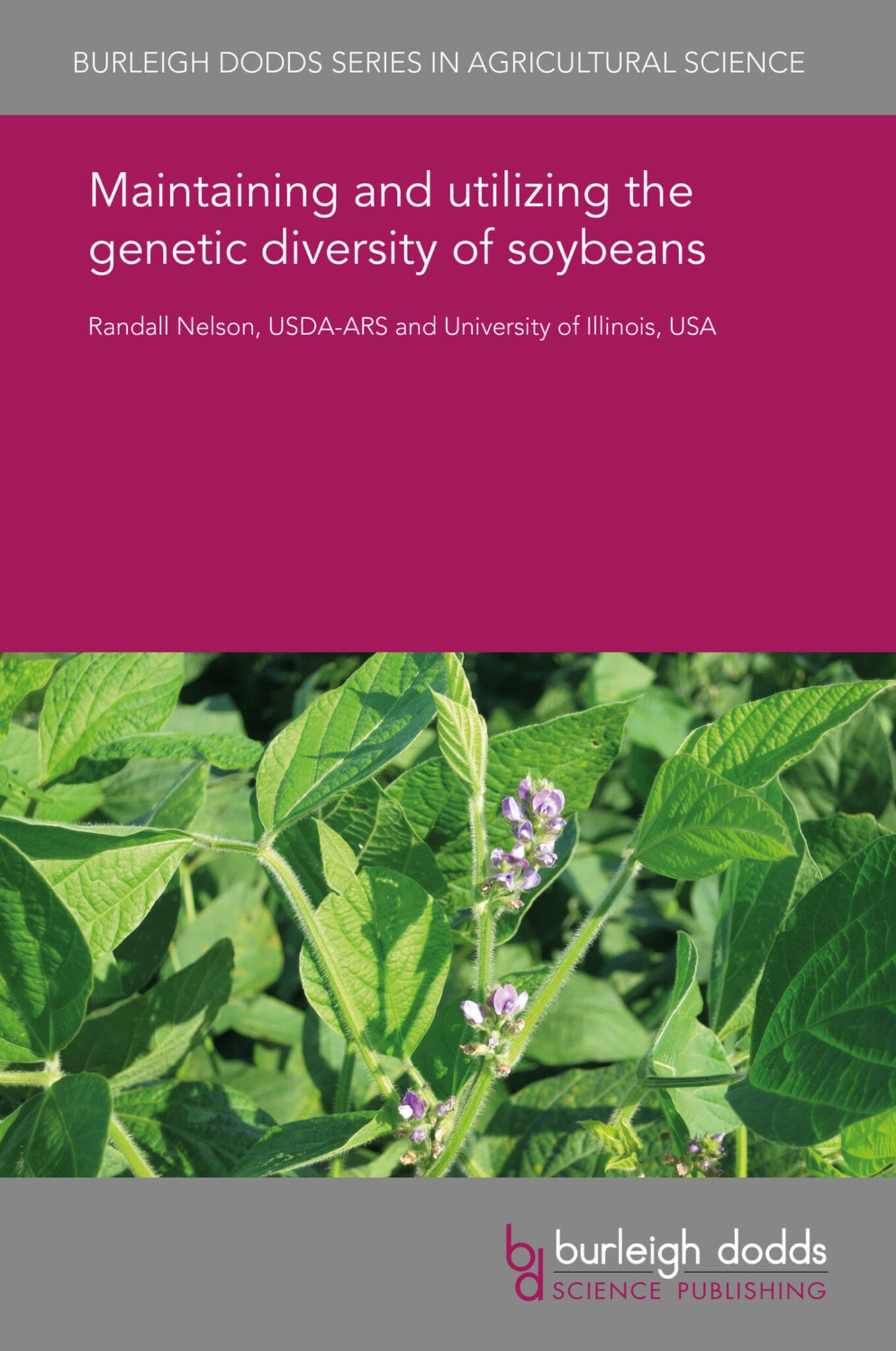We're sorry. An error has occurred
Please cancel or retry.
Maintaining and utilizing the genetic diversity of soybeans
Regular price
£25.00
Sale price
£25.00
Regular price
£25.00
Unit price
/
per
Sale
Sold out
Re-stocking soon
The aim of plant breeding is to create genetically diverse gene pools and then devise strategies to consolidate the favourable alleles and eliminate those that are adverse to the grower’s objective...
Read More

Some error occured while loading the Quick View. Please close the Quick View and try reloading the page.
Couldn't load pickup availability
- Format:
-
31 May 2018

The aim of plant breeding is to create genetically diverse gene pools and then devise strategies to consolidate the favourable alleles and eliminate those that are adverse to the grower’s objectives. Genetic diversity is the fuel that powers plant breeding but it is also the largest impediment to progress. Historically, most cultivar development programmes seem to operate with the assumption that the latter is more important than the former. This chapter describes the major soybean germplasm collections of the world which are the sources of available genetic diversity, then reviews the formation of the current commercially used gene pool for soybean breeding in North America. It then considers how adding new genetic diversity can improve the rate of gain for seed yield and how the various sources of exotic germplasm can be utilized within different segments of a national soybean programme.

Price: £25.00
Publisher: Burleigh Dodds Science Publishing
Imprint: Burleigh Dodds Science Publishing
Series: Burleigh Dodds Series in Agricultural Science
Publication Date:
31 May 2018
ISBN: 9781838795559
Format: eBook
BISACs:
TECHNOLOGY & ENGINEERING / Agriculture / Sustainable Agriculture, Botany and plant sciences, TECHNOLOGY & ENGINEERING / Agriculture / Tropical Agriculture, TECHNOLOGY & ENGINEERING / Agriculture / Agronomy / General, Sustainable agriculture, Agronomy and crop production, Tropical agriculture

1 Introduction 2 Germplasm collections 3 The U.S. gene pool 4 Categories of exotic germplasm 5 Utilizing new genetic diversity 6 Conclusion 7 References



